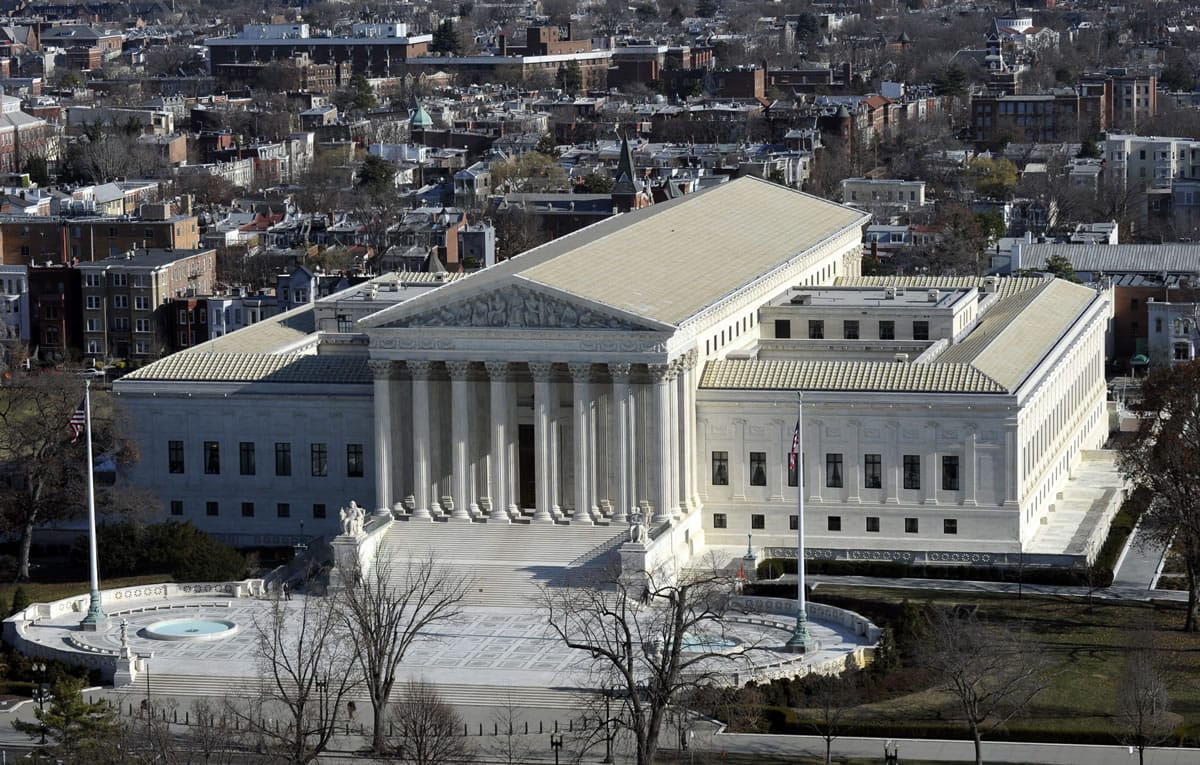WASHINGTON — The U.S. Supreme Court Monday handed a setback to abortion opponents, refusing to revive an Arizona law that would have generally banned the procedure once a woman’s pregnancy reached the 20-week point.
The justices turned away the state’s appeal, leaving intact a ruling striking down the measure, which made exceptions only to avert death or serious health risk to the mother. The rebuff leaves legal uncertainty about similar laws in 12 other states.
Arizona’s appeal sought to topple a pillar of the 1973 Roe v. Wade decision: its guarantee of access to abortion for women until the fetus is viable. Arizona argued that viability, generally understood to occur at 24 weeks of pregnancy, isn’t an absolute line and that lawmakers should be able to step in earlier to protect a pregnant woman and the developing baby.
A fetus “is a unique human being from the moment of his or her conception, not merely from the moment of ‘viability’ outside the womb,” the state argued in its appeal.
The Supreme Court hasn’t given full review to an abortion case since 2007. A 5-4 decision that year upheld a federal ban on a form of late-term abortion called “partial birth” by opponents.
The three abortion doctors who challenged the law urged the Supreme Court not to hear the case. They said the decision invalidating the measure, issued by a San Francisco-based federal appeals court, was in keeping with rulings from the Supreme Court and judges around the country.
“Over four decades, this court has consistently held that the state may not ban abortion at a point before viability,” argued the doctors, Paul Isaacson, William Clewell and Hugh Miller.
Cecile Richards, president of the Planned Parenthood Federation of America, said in a statement, “Today the court did the right thing, but women’s health is still on the docket — not only at the Supreme Court, but in active cases all across the country.”
In defending its law, Arizona pointed to what the state says is scientific evidence that a fetus can feel pain as early as 16 weeks into a pregnancy. Major medical groups, including the American Congress of Obstetricians and Gynecologists, dispute that claim.
Sixteen states and the governor of Oklahoma supported Arizona in the case.
The abortion issue divides the court along ideological lines. The five Republican appointees, led by Chief Justice John Roberts, formed the majority in the 2007 case, as they did last year when the court let Texas enforce a law requiring abortion doctors to have admitting privileges at a local hospital.
Justice Anthony Kennedy has been the pivotal vote on abortion since Sandra Day O’Connor retired in 2006. He wrote the 2007 decision allowing the “partial-birth abortion” ban.
At the same time, Kennedy was also in the majority in the 1992 Planned Parenthood v. Casey ruling, which reaffirmed Roe. The Casey ruling said states can’t place an “undue burden” on a woman’s right to end a pregnancy before the fetus would be able to live outside the womb.
The Casey decision discarded Roe’s focus on the three trimesters of a pregnancy, instead making viability the crucial line.
“Before viability, the state’s interests are not strong enough to support a prohibition of abortion or the imposition of a substantial obstacle to the woman’s effective right to elect the procedure,” the court said.



